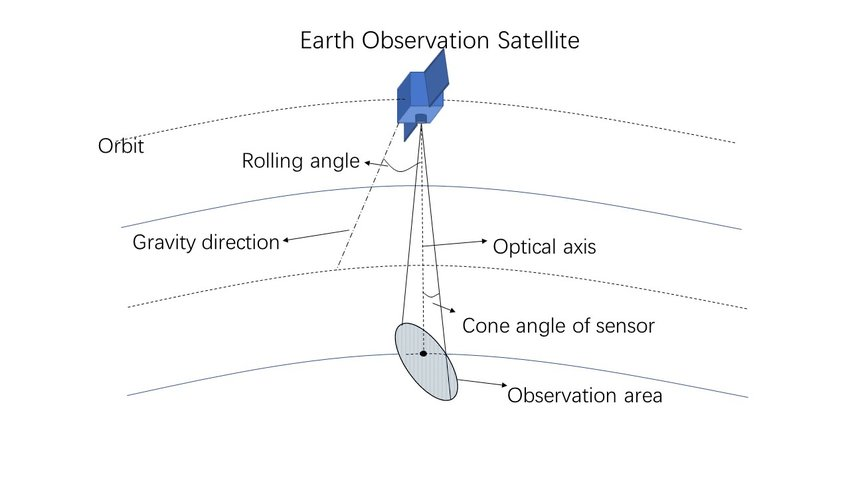Hi, TLE is a good start, but you need more information than this to compute the observation area, in particular the characteristics of the sensor like the resolution and min/max scanning angle along and across track.
Once you have this, you can try to define a scanning geometry like here: https://github.com/pytroll/pyorbital/blob/main/pyorbital/geoloc_instrument_definitions.py and then use something like this to get the positions of your sensor's pixels on the ground: https://github.com/pytroll/pyorbital/blob/main/pyorbital/geoloc_example.py
Good luck!









Hi. I have in input only tle. How calcullate observation area?
